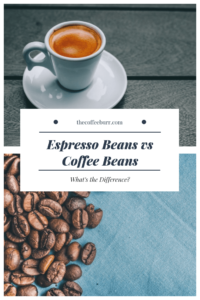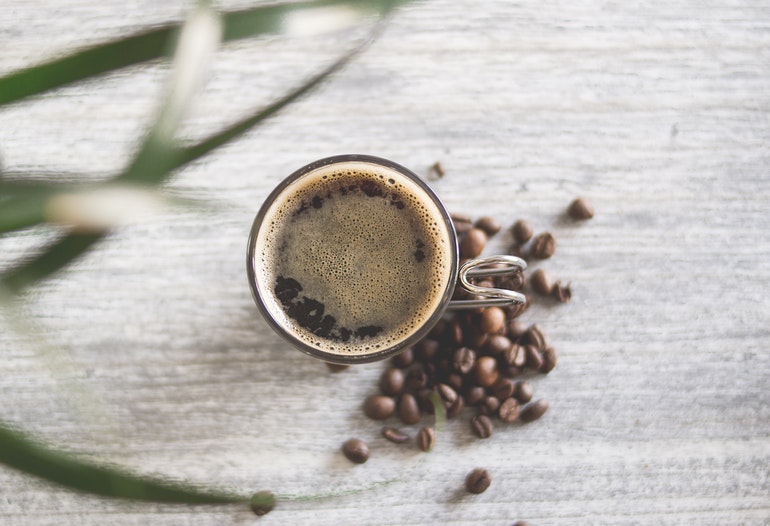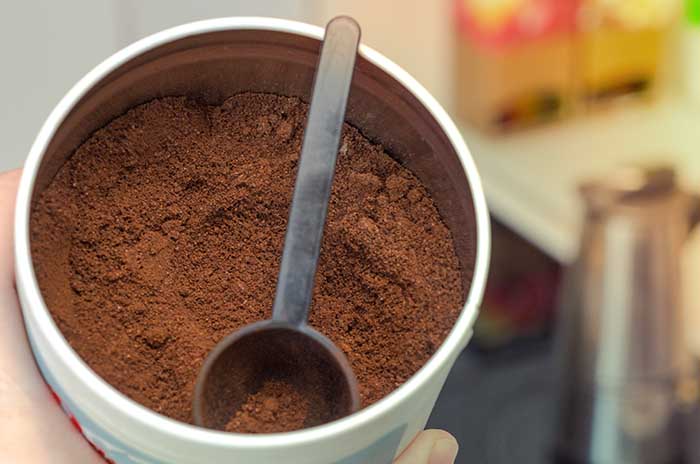I know it’s easy to make fun of people who are picky about the type of coffee bean or roasts that they use in their coffee, but if you are going to take issue with any of them then getting the differences between light and dark roasts is up there with the most important.
You may well have noticed when buying coffee beans that among the different types are espresso beans. So what’s the difference between an espresso bean and a coffee bean?
In short, the answer is nothing.
See, while espresso does require a very different brewing method to other types of coffee, the beans it uses are fundamentally no different to any other you find on the market.
A coffee bean is a coffee bean.
In simple terms, the labelling of beans as ‘espresso’ serves more as a guide for users. It’s a suggestion from the roaster or manufacturer for what the beans go best with. And what you should find with ‘espresso beans’ is that they’re actually dark roasts.
But there’s nothing in terms of taste or texture that’s different between this and any other form of dark roast.
The coffee roasting process
One of the biggest contributing factors to the myths behind espresso vs. coffee beans is the roasting process. While it is true that, just like brewing methods, roasting does impact on the flavors and aromas of the beans, there’s nothing at this stage that fundamentally differentiates a bean for espresso, or a bean for other coffee types.
Coffee beans, whether they be espresso or otherwise, come in green bean form before they are roasted. They can’t be used in this raw form for grinding or brewing, and it’s the roasting process itself that helps unlock the sugars and oils within the bean. These are what give coffee its distinctive taste and aroma.
You might well be familiar with different roast profiles for coffee beans, ranging from light to dark. These are determined by the length of time that the green coffee bean is exposed to high heats while being roasted.
Generally speaking, there tend to be four roast profiles: Light; medium; medium-dark; and dark. Light roasts tend to have more flavor (and against popular opinion, tend to have more caffeine), while dark roasts tend to be more oily and bitter.
Between these two, medium roasts (sometimes referred to as ‘American’ roasts) tends to have a stronger coffee taste, while still remaining smooth. Medium-dark lie between retaining some of that smoothness, while being much more intense in its bitterness.
So what about roasts for espresso?
The truth here is that there isn’t a specific ‘espresso roast’. There is a big misconception that it’s created with a particular type of bean, but this simply isn’t the case.
Espresso brewing is achieved by essentially dragging hot water through finely ground coffee at high pressure. This coffee is tightly pressed into a portafilter, which locks into your espresso machine.
This high pressure results in espresso, which is a dense and thick shot of coffee. This can either be enjoyed by itself, ot used to form the basis of other popular drinks, like a latte or americano.
It’s therefore important that espresso has an intense and full coffee taste, without offering up any acidity. As a result, espresso coffee beans tend to lie at the darker end of the roast spectrum.
Dark roasts also carry a strong oily sheen. When these are processed by an espresso machine they contribute to the unique crema often founds topping off a traditional shot of the coffee. Light or medium roasts in comparison just don’t offer the right amount of oil to create this. Only darker roasts beans will give you the body, flavor and consistency that you want in your coffee shot.
So why are they labelled differently? In my opinion, this is a way of helping users of all levels know that they are getting the best possible roast for their chosen brewing method.
So it’s not the case that ‘drip coffee beans’ can only be used for drip filter, and it’s also not true that ‘espresso coffee beans’ can only be used for espresso. What this level does do however is ensure that you’re not trying to make espresso out of a light roast, or a pour over with an overly dark roast.
It’s simply a guide, rather than a hard-and-fast rule.
Getting the most out of your beans
While there isn’t such thing as espresso-only beans, you can still try to make the most of the options available to you to produce the best possible shot of espresso.
Firstly, go dark. Just like I said above, the oil brought to the surface on dark roasts helps to give your final shot that beautiful layer of crema at the top.
It also helps give you a full-bodied and intense shot that’s unmistakably espresso-like.
Arabic or Robusta for Espresso?
I plan to write about the difference between the two in another post, so for now let me just highlight the differences between the two for when choosing your espresso beans.
Arabica is milder and far less bitter than Robusta, which allows it room to be more aromatic. On the other hand, Robusta beans tend to have higher caffeine and oil content. It’s this higher content that has encouraged Italians to use it for their classic espressos. It also tends to be a bit cheaper, which is no bad thing in my book.



